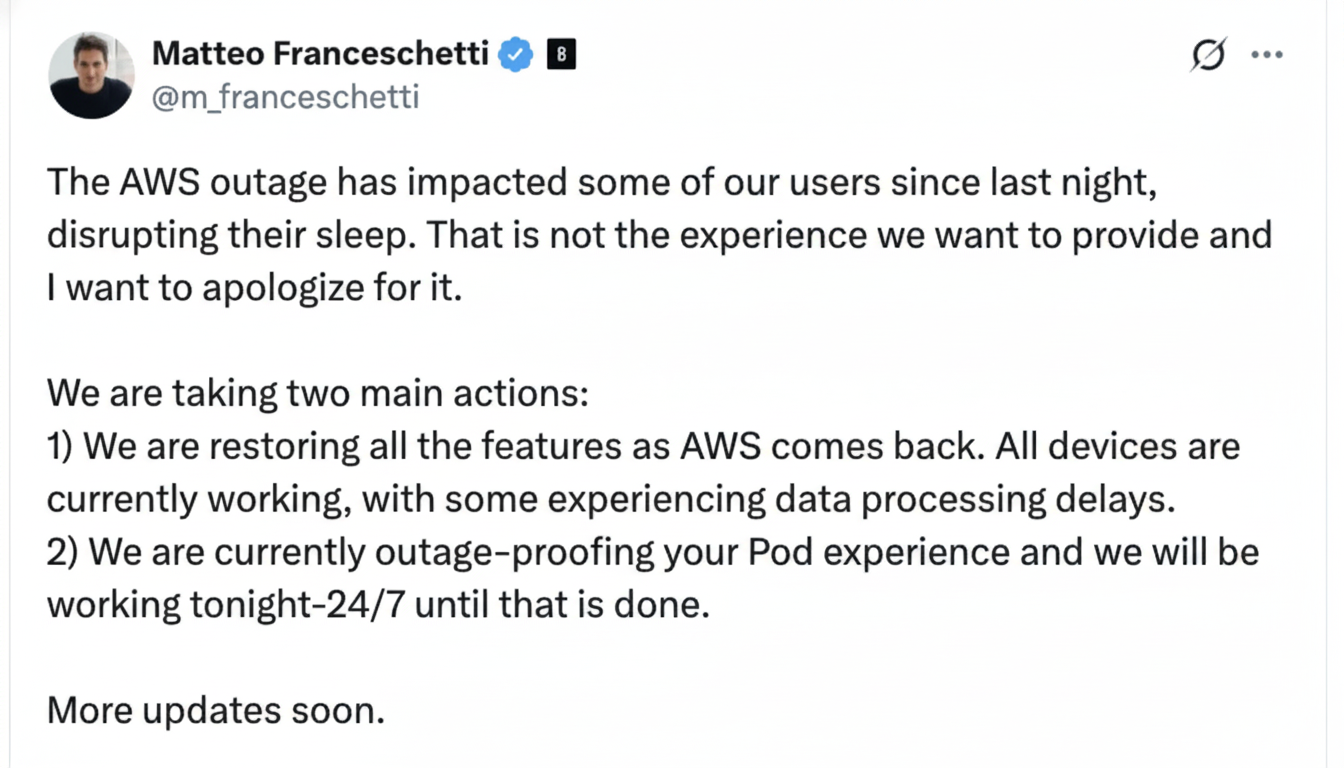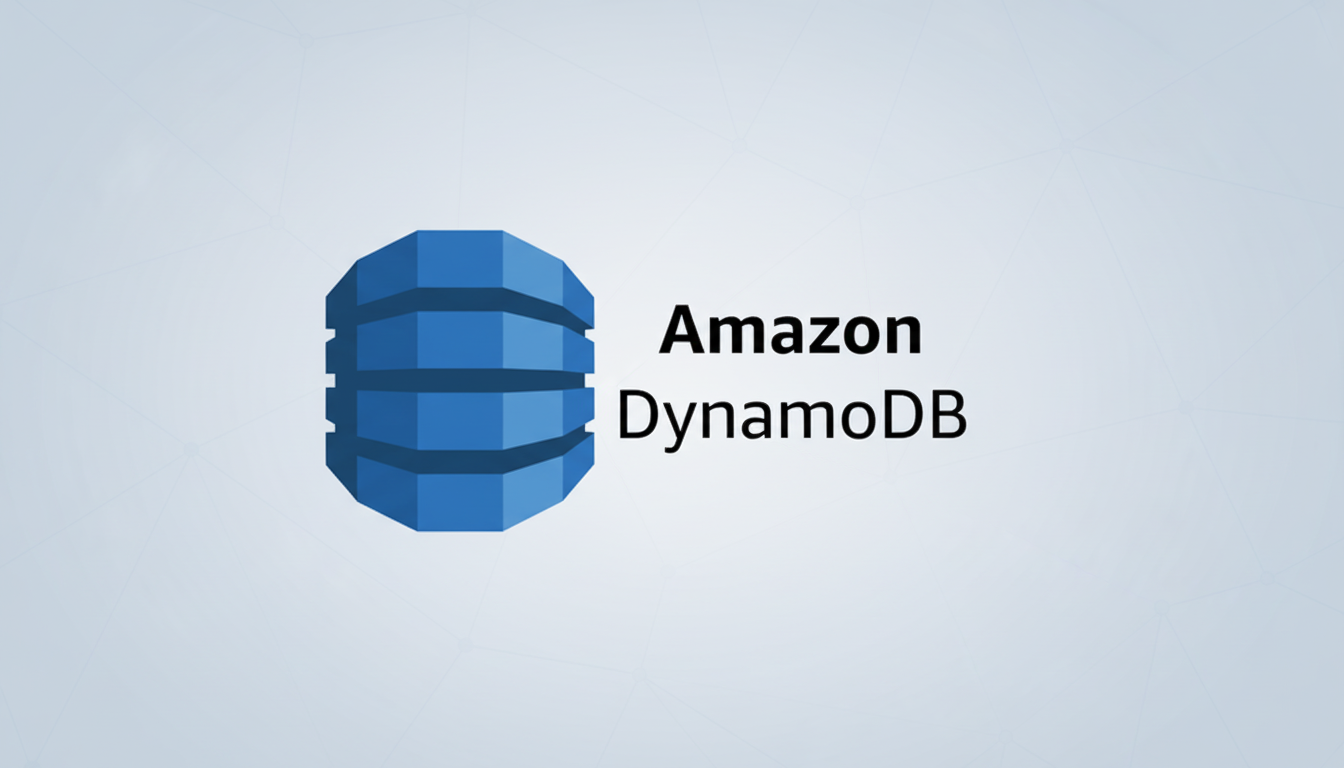Amazon has blamed a “latent defect” in the Domain Name System (DNS) server software that powers its DynamoDB cloud database service for taking parts of Amazon Web Services offline this week. The fault, which erupted in the company’s US-East-1 region — its largest and most heavily trafficked cluster — rendered it unable to provide consistent DNS responses, rendering service discovery and connectivity busted for a large chunk of the internet.
The impact reached thousands of apps and platforms that depend on AWS. Downdetector logged over 16 million user complaints across nearly 60 countries, while industry analysts said the economic impact could be as severe as billions of dollars in damage, with streaming and e-commerce sites, communications tools, and gaming services flirting with an existential threat by midday. Amazon apologized and stated that it is deploying fixes to harden its own DNS systems as well as minimizing the blast radius of any future faults.

What Amazon Says Went Wrong During the AWS DNS Outage
Amazon later said in a post-event analysis that the root cause of the incident was a dormant software bug in DNS used by DynamoDB for service discovery. Upon being fired, the defect failed to return any more healthy endpoints for dependent services so clients would fail lookups and retries. Auto-remediation did not work as intended and the error cascaded downstream to other systems using DNS routing to route traffic to AWS resources.
And because DNS is so fundamental — mapping names to IP addresses across microservices, APIs and databases — even small anomalies can be magnified. With caches and resolvers expiring bad responses in the quest for fresh information, the incorrect information spread, increasing error rates. In other words: when the authoritative layer misbehaved, everything above it recoiled from the blow.
How the AWS Outage Spread Across the Web and Apps
The damage extended from popular consumer offerings to essential enterprise mainstays. Streaming services, social and messaging apps, ride-hailing companies and online payment processors showed increased error rates. Gaming networks and titles themselves also saw 404 errors on authentication, endpoint failures and matchmaking timing out. All of Amazon’s own services like voice assistants, connected home products and media apps were all periodically offline too, showing how wide a web AWS primitive architecture now covers.
At its peak, outage trackers reported problems affecting over 2,000 brands and services. While many workloads are designed for regional resilience, US-East-1 still runs a large portion of control-plane functions and legacy deployments, so issues there can bubble up worldwide. It limped back to life, as DNS caches finally flushed and traffic began to clear.
Why AWS’s US-East-1 Region Still Matters for Resilience
US-East-1 is AWS’s largest and earliest developed region, traditionally preferred for cost, service availability, and closeness to core AWS management planes. That gravitational pull draws mission-critical workloads, but it also focuses risk. We have seen from past cloud events that even when the basic services that touch this region start to get the shakes — S3, IAM, Route 53 or internal DNS — the world feels it.

Engineers at Ookla and elsewhere said that organizations commonly group “must-run” systems in one region to make things easier to manage, then run into the limits of such a design during infrequent but high-impact outages. And the lesson isn’t just multi-AZ design; it’s active-active, multi-region patterns for as many of our most critical services as possible and rigorous failover testing and dependency mapping all the way down to DNS, identity, and logging pipelines.
Amazon’s Remediation and Next Steps After the DNS Failure
Amazon says the flaw has been fixed and it is implementing further controls around its DNS stack for DynamoDB and related service discovery paths. Planned changes include beefing up health validation before answers get served, improving isolation between DNS entities, and working on enhancement of an automated recovery logic to ensure that failures without instant rollback don’t hang around as long.
The company also promised architectural adjustments intended to reduce the blast radius: more granular partitioning, increased use of cell-based isolation and runbook automation that would expedite mitigation if anomalies reappear. AWS highlighted its overall uptime record while acknowledging the outsize impact it causes customers when fundamental networking layers stumble.
What Customers Can Do Now to Improve DNS Resilience
The outage is a reminder for teams whose applications were affected to stress-test resolution paths, not just application tiers. Next, working the table: a lightweight implementation is validating DNS TTLs and cache policies, regional failover for critical endpoints (Route 53 health checks and multi-region targets), identity stack (and observability!) following C/D processes just like compute and data.
“In a nutshell, resilience is a shared responsibility model in action: cloud providers harden primitives and customers design with the assumption that any given layer — including DNS — can fail. As policy makers take a fresh look at concentration in the cloud, and analysts calculate the economic impact, one technical lesson is plain. Treat name discovery, routing and service discovery as first-class citizens and build redundancy at the same level as your apps.”

